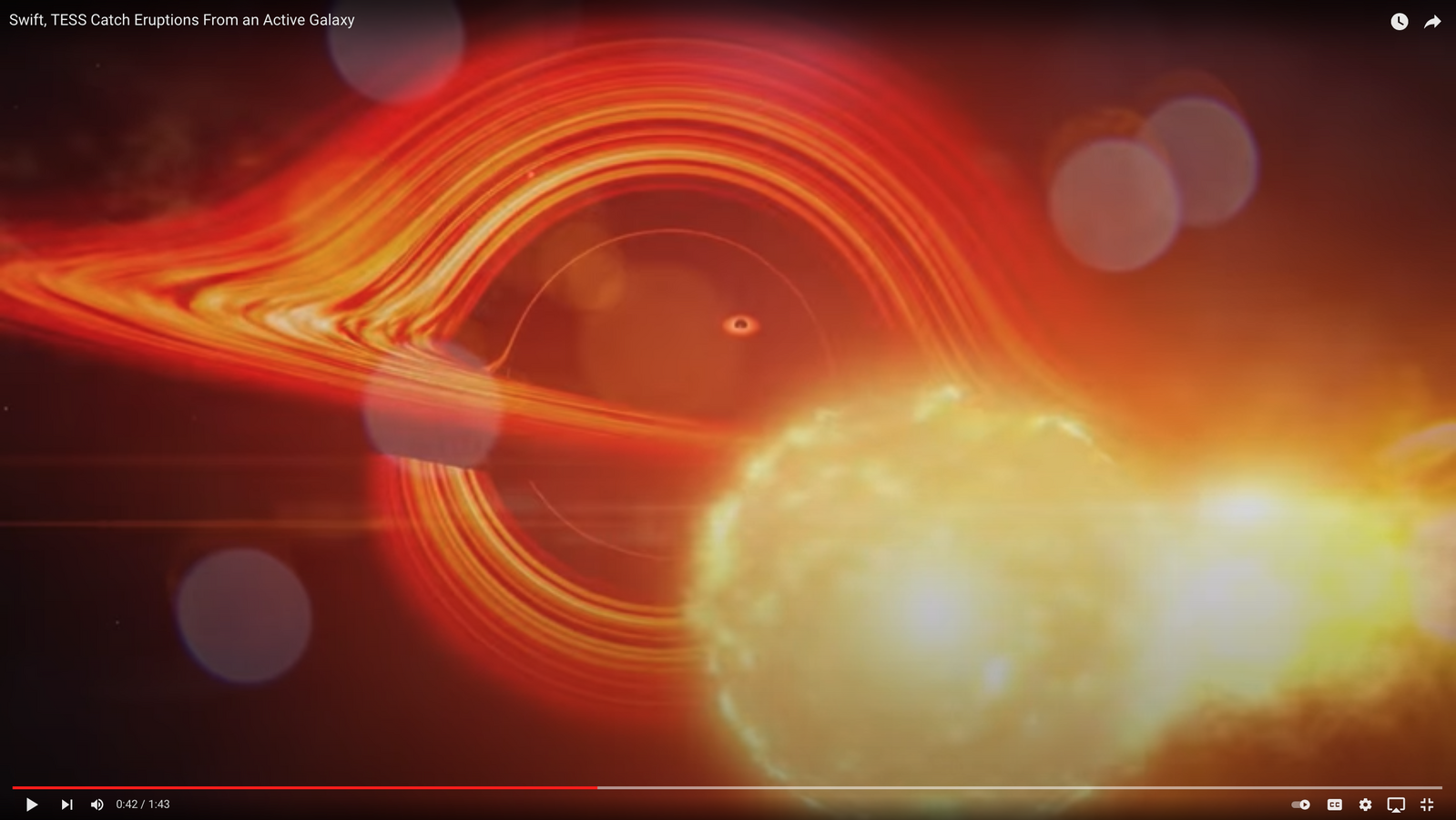Overview
I will present two unpublished works. The first is the discovery of HD60779b, a long-period sub-Neptune. The structures of sub-Neptunes, as well as how mass loss has contributed to shaping their population, remain open questions. In order to answer them, we will need to observe these planets’ atmospheres and probe mass loss through observations of atmospheric escape. I will describe the 4-year-long journey to discover this 2.9 Earth-radius planet on a 30d orbit around a sun-like star, as well as its unique accessibility for follow-up observations. The second work aims to uncover a sample of old exoplanets in order to study planet formation in the young galaxy. The Milky Way’s thick disk stars, which are old (>9 Gyr), iron-poor, and alpha-enhanced, formed in a vastly different galactic environment than their younger, thin disk counterparts – impacting protoplanetary disk lifetimes and planet outcomes. I sought to identify a sample of planets around thick disk stars with which to test these predictions, a challenge given the relative scarcity of thick disk stars in the solar neighborhood. Hot Jupiters, with their large transit depths, are the most accessible population to study around thick disk stars, as TESS can detect them to large distances. I measured [Fe/H] and [alpha/Fe] abundances for a sample of candidate and known hot Jupiter hosts. From this sample, I identified eleven candidates, increasing by tenfold the sample of thick disk hot Jupiters.
